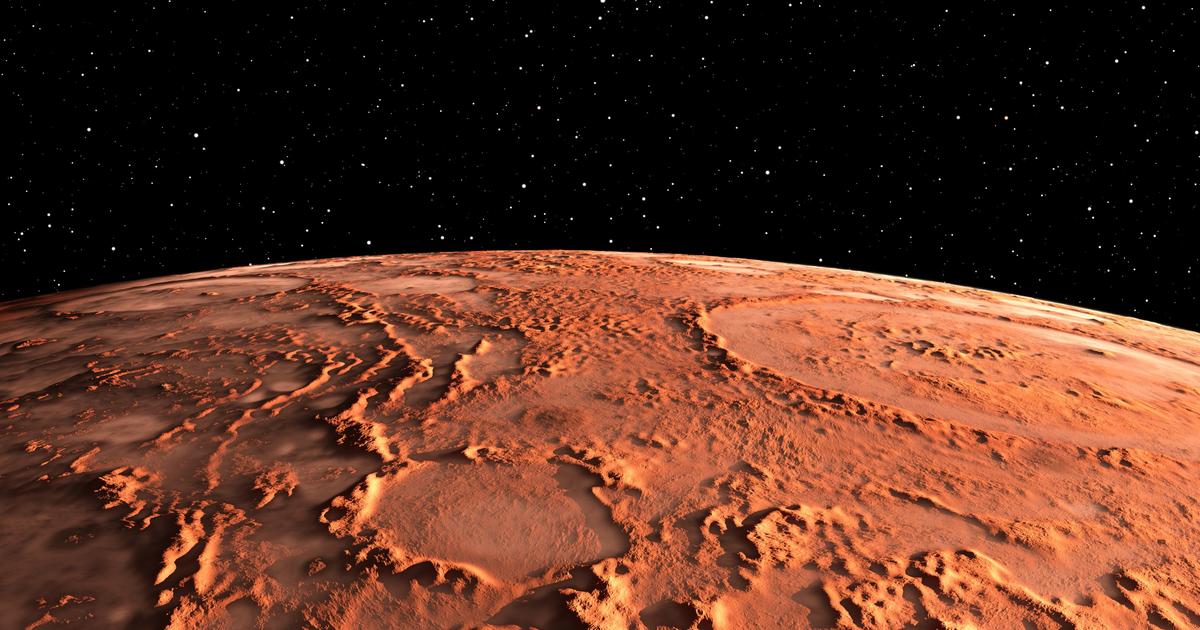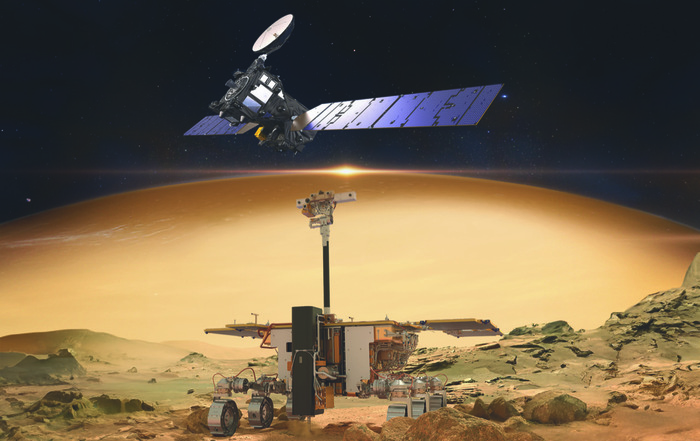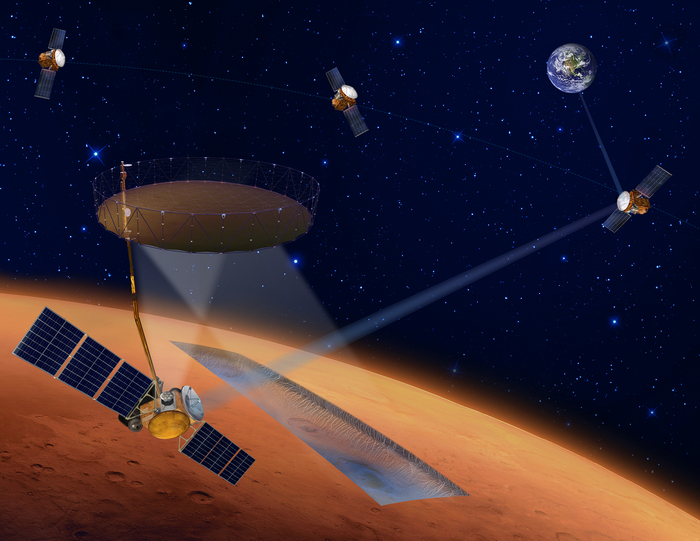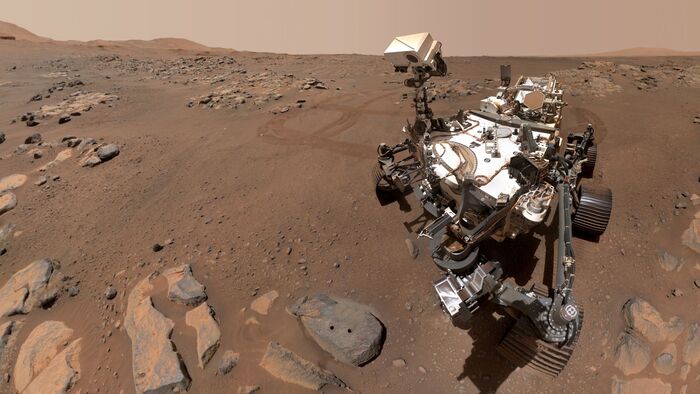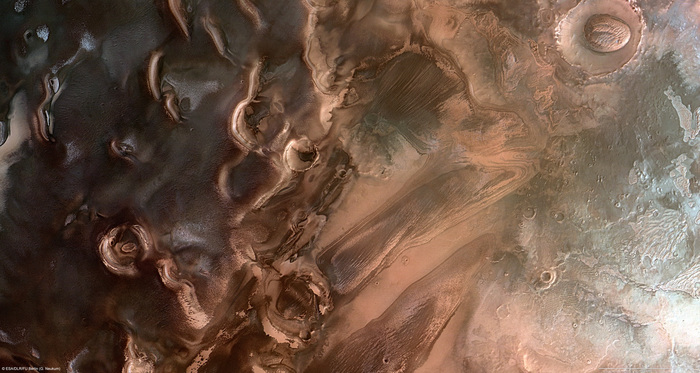Enlarge image
A picture of the surface of Mars: Was there water here once?
Photo: NASA/UPI Photo/IMAGO
The Chinese Mars rover Zhurong has made a surprising discovery on our neighboring planet Mars: it has collected minerals that indicate a livable climate.
And that wasn't as long ago as previously thought.
more on the subject
Esa probe makes a surprise discovery: Researchers apparently discover water just below the surface of MarsBy Philip Bethge
The rover had taken rock samples in a large impact depression.
When analyzing this approximately 700 million year old material, Chinese scientists found hydrated silicates and sulfates, i.e. minerals with water bound in their structure.
On Earth, such hydrated minerals are usually formed when liquid water is present.
The researchers published their findings in the journal Science Advances.
The current age of Mars is an epoch without water
As a young planet, Mars was more habitable than it is today.
It is believed that there were lakes and rivers on its surface, perhaps even an ocean.
However, liquid water probably disappeared with the so-called Hesperian Mars Age around 3.5 billion years ago, or at the latest with the beginning of the Amazonian period around 1.8 billion years ago.
This geological age of Mars continues to this day.
more on the subject
Reproduction in space: "You could probably store sperm in space for more than 200 years" An interview by Viola Kiel
The Queen's court astronomer on space missions: Why robots should explore space - and not us humans An interview by Christoph Seidler
However, it is conceivable that liquid water also occurred at least temporarily on Mars during the Amazonian period.
The minerals studied by the Mars rover, the study says, came from soil with a hard crust that could have been formed by rising groundwater or melted ice that has since evaporated.
An on-site resource for future Mars missions
The evidence for the existence of water away from the planet's icy poles is also interesting because it helps pinpoint Mars' potential as a habitat.
Should humans actually settle on Mars, they would be dependent on obtaining water from some source.
"The Zhurong landing site and other areas of the northern plains may contain significant amounts of usable water in the form of hydrated minerals and subsurface ice that could serve as an on-site resource for future Mars exploration," the research team said .
The Chinese rover Zhurong landed on Mars in May 2021.
Since then he has been exploring the vast plains of Utopia Planitia in the northern lowland hemisphere.
vki/Reuters


